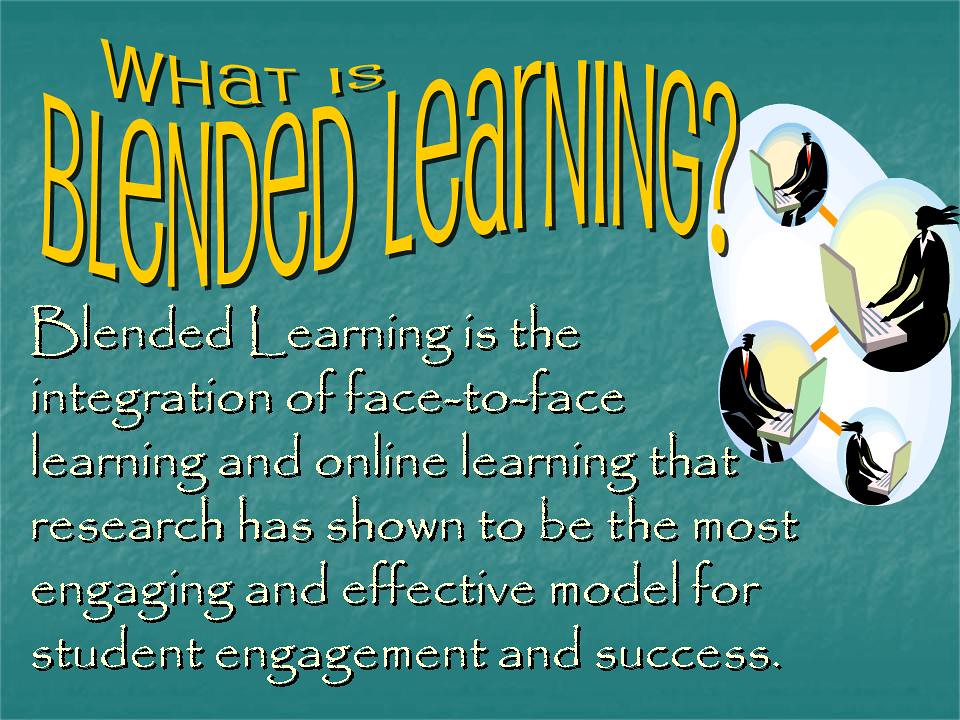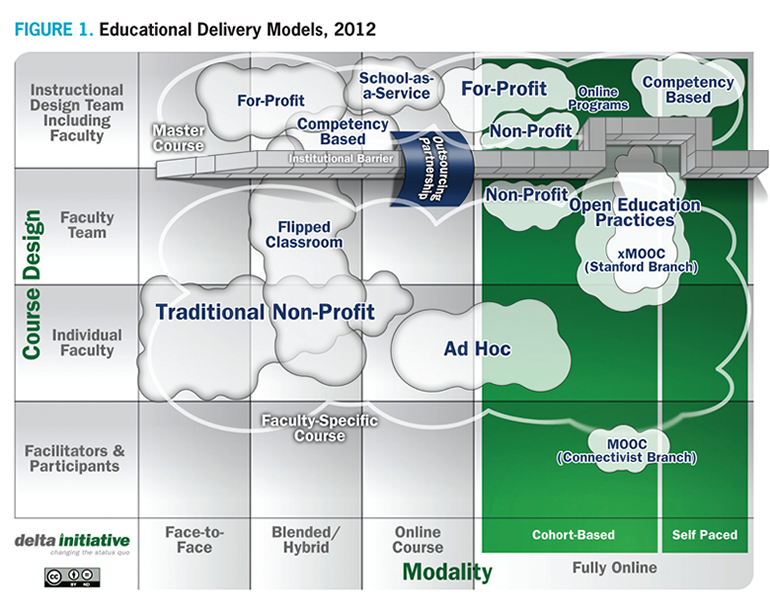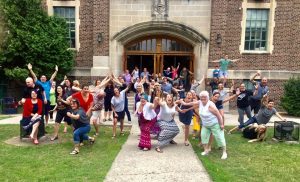Design a blended online learning course was the task given to us this past week in EC&I 834. Select an LMS, collaborate and develop a blended online course with potential synchronous and asynchronous components. In collaboration with Brianne McFetridge and Bret McMann we have put together an overview of a grade 8 science course in – Cells and Structure.

Course Development Profile
A. Course – Life Science – Cells and Systems
| This course will follow the Saskatchewan Curriculum guidelines for the Grade 8 Science – Life Science – Cells, Tissues, Organs and Systems – Focusing on outcomes CS8.1, CS8.2, CS8.3 and CS8.4. |
B. Course Outcomes and Indicators
| The outcomes of this course are prescribed as per the Saskatchewan Curriculum and a variety of indicators will be covered throughout the course. CS8.1 Analyze the characteristics of cells, and compare structural and functional characteristics of plant and animal cells. CS8.2 Demonstrate proficiency in the use of a compound light microscope to observe plant and animal cells. CS8.3 Distinguish structural and functional relationships among cells, tissues, organs, and organ systems in humans and how this knowledge is important to various careers. CS8.4 Analyze how the interdependence of organ systems contributes to the healthy functioning of the human body. |

C. Course Guiding Questions
| 1. What makes a cell a living organism? 2. How does it function? 3. How are single and multicellular organisms different from each other? 4. What does it mean to have selectively permeable membranes? 5. How do diffusion and osmosis transfer liquids and gasses in cells? 6. How do you use a microscope effectively to observe cells? 7. How are plant and animal cells different from one another? 8. Why are cells the basic unit of life? 9. What is cell theory? 10. How are cells used to create the other portions of the human body? 11. How do systems function together to make the multicellular human body function? 12. How do the systems of the human body react to internal or external stimuli and change? |
D. Target Audience and Timeline
| This course is intended for students that are in a Saskatchewan based school at the middle years level. Specifically students that are in a grade 8 or 7/8 split classroom. The course will span over a four week period where adaptations and flexibility can be utilized at the teachers discretion based on the needs of the classroom. |

E. Course Format
| This course will follow a blended model with face to face and online components. Students will be able to access this course synchronously from school or asynchronously from home. The synchronous component will be school based with hands-on science components (labs) and potential group work. The asynchronous component will have prepared video lessons by the teacher or the use of you-tube supported material. |
F. Course LMS and Toolset
| Throughout this course Google Classroom will be utilized along with a variety of online tools to deliver content, practice skills, provide a variety of learning opportunities to engage all types of learners. The following are examples of possible student tools that will be used throughout the course: Google Workspace for Education Mentimeter Kahoot Quizlet WeVideo You-Tube Videos |
G. Course Communications
| The classroom teacher can decide which method of communication will be most suitable for the students and parents to be connected with the course. Suggested options for quick communication between teacher/student and teacher/parent could be as follows: EDBSY – for messaging daily or weekly short announcements about due dates and reminders to students about resources to bring to school for the course School Board based teacher email for larger concerns about student behaviors or help needed by teacher Google Calendar for due dates of course assignments and the suggested learnings of the week. A Google Meet or Zoom to have synchronous online teaching and class discussion. |
H. Course Assignments
| Students can access all assignments, assessments and due dates using Edsby and/or Google Calendar. If students will be absent for long periods of time, students will be able to access course material through Google Classroom and can complete all assignments independently. Students can submit all assignments and assessments using the turn in tab once they are completed. Assignments and expectations will vary for each module. As well, assignments will vary depending on students’ needs. |
I. Course Materials
| The course will utilize a variety of materials in order to reach the variety of diverse learners in the room. It is advised that students have access to the following materials both at school and at home. Pearson Science 8 – Saskatchewan Resource is available online through school division access and in classroom provide by school division library services. Access to devices both in the classroom and at home that are able to connect internet service. Access to Headphones for in classroom work with videos. Access to lab equipment while in class learning |
J. Course Assessment
| Course assessment; both formative and summative assessment will be completed virtually and in class. Students will work through summative assessments such as labs, research and express understanding through blog type activities in addition to a culminating course Summary of Learning. As well students will work through various types of formative assessments like Menti, Kahoot, Google Forums, Entrance/Exit Slips, and unit quizzes/tests. Hard copies will be provided for those students without regular access to technology and internet outside of the classroom. |
K. Course Attendance
| As per government law attendance in school is mandatory whether in person or online via zoom or google meets. Flexibility can occur when students aren’t able to attend for various different reasons that are approved by teacher, administration and parent. |
L. Course Concerns
| With an learning scenario there are always concerns that will need to be addressed. The following is a reflection of the potential areas of concern for delivering this course. 1. Internet and Technology Access can be assured during synchronous learning, however uncertainty lies with asynchronous learning at home. 2. EAL Learners will be encouraged to use Google Translate for words and phrases they do not understand. 3. EAL learning will be asked to record a glossary of terms in English and their native language. 4. Student awareness of LMS use and Technology Skills to complete this course will be pre-taught to ensure student success. 5. Lack of engagement from the students – desire to interact on camera during class discussions. 6. Maintaining structure and flow of lessons if students are sometimes face to face and other times online. |

M. Rationale For Design
| This course was designed to effectively engage and meet the needs of all learners. As we continue to evolve in education we recognize that there can be adjustments made in our teaching methods and strategies. Students deserve an education that is relevant and concurrent with the pace and needs of our digital world. By providing students with the opportunity to learn in a variety of ways, by learning through and with technology hopefully we can prepare them to be digitally literate. |







